i'm looking for good breeds, and i want to see some chantecler, they can be any color even know i want partridge, but you can't get every thing you want. i'd also like some info about them.
Last edited:
Follow along with the video below to see how to install our site as a web app on your home screen.
Note: This feature may not be available in some browsers.
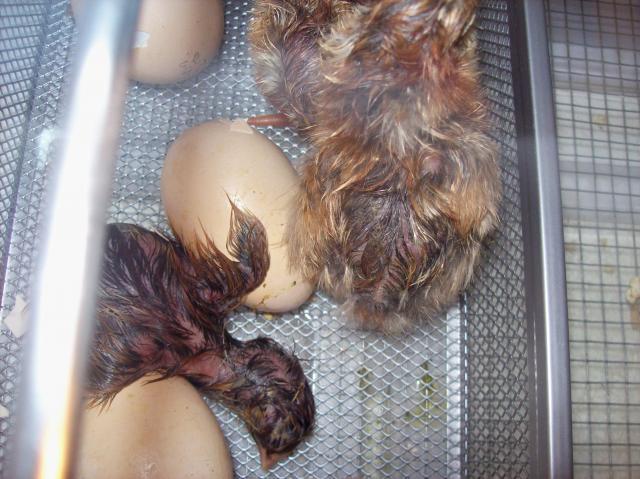
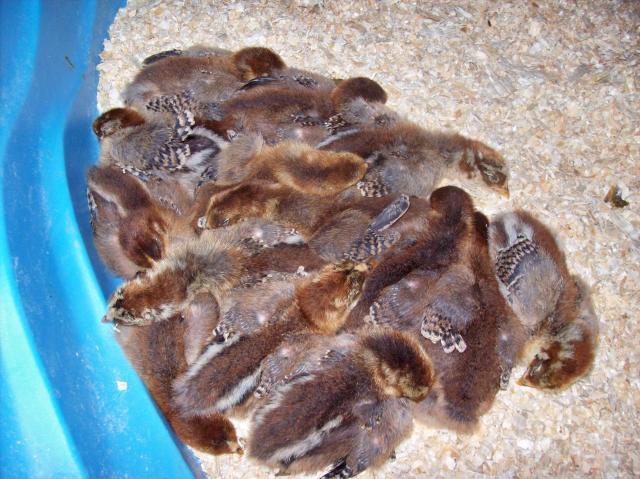
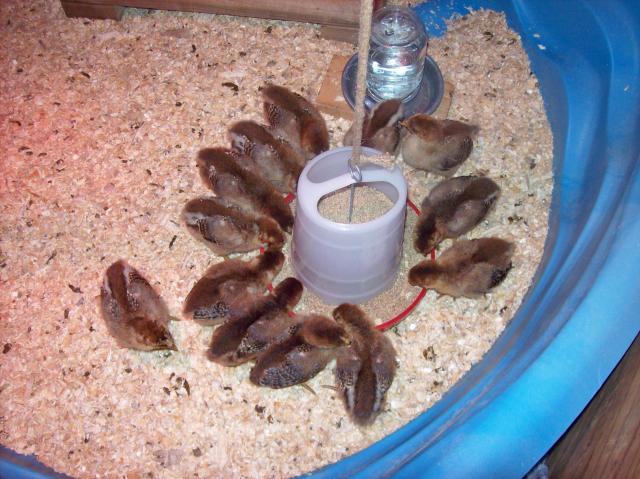
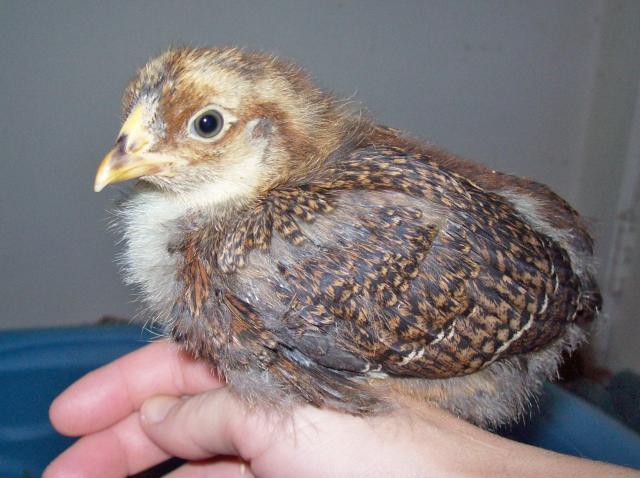
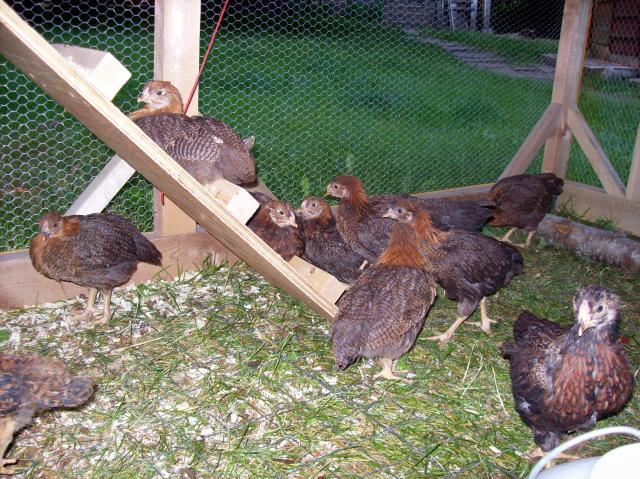
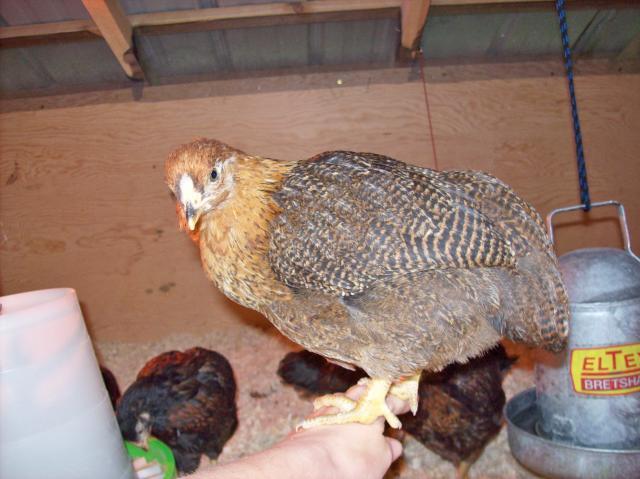
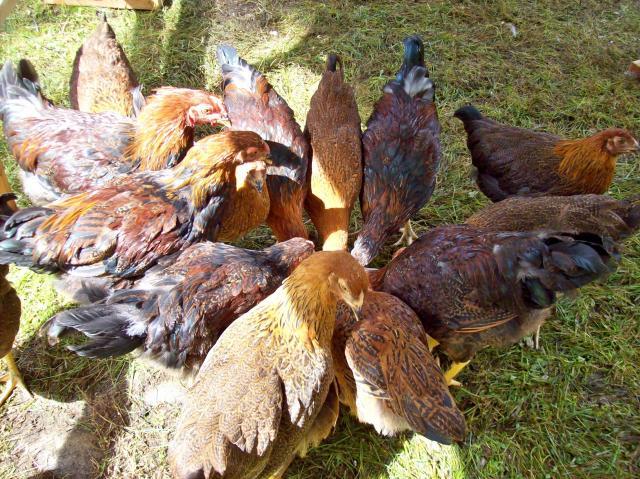
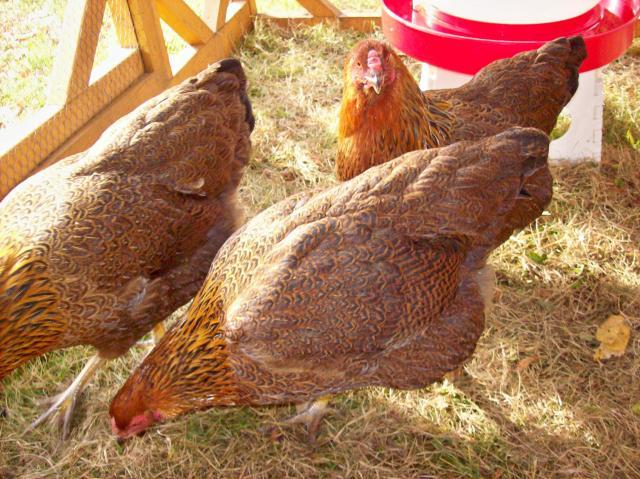
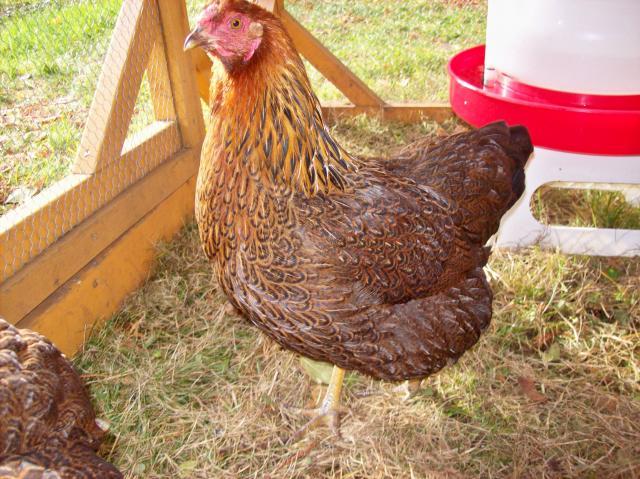
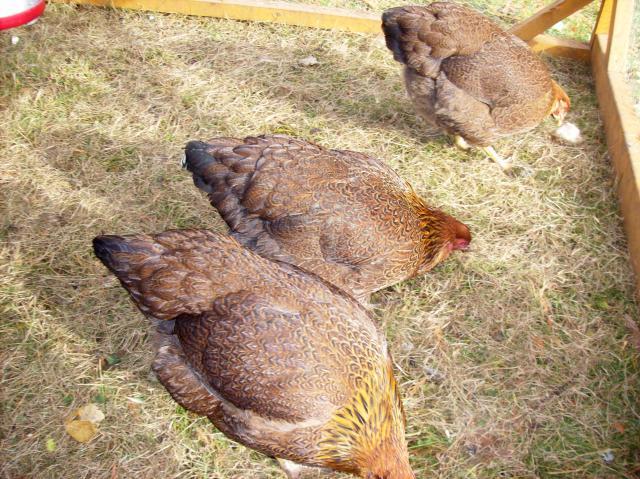
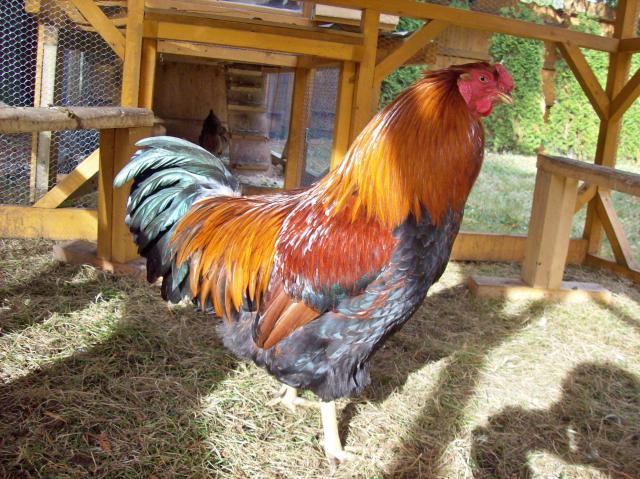
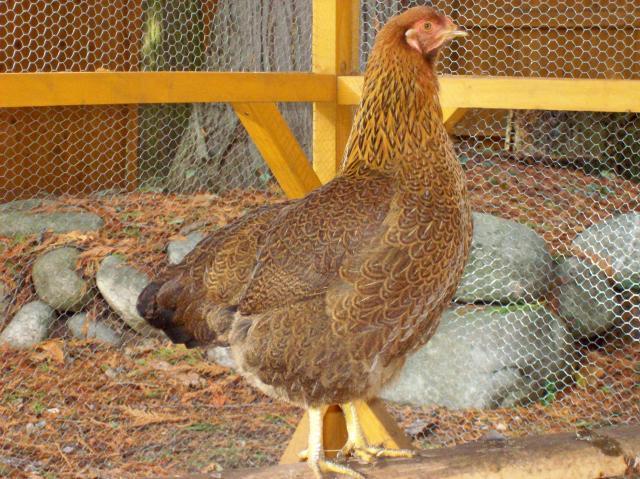
I will ask my question again. Do chanteclers come in Red? Thanks


Nothing like learning to swim by jumping in the deep tank but....
Could the red colour ever breed true? Is it due in part or in whole to genes that are incompletely dominant like blue? Or just so many hiding recessive genes that it would be exeptionaly difficult to eliminate them all... ?





How bad is it having some amount of smut in a buff chantecler's tail? Can it be bred out? Is *any* amount a bad thing? What if there is smut in tail of pullet, but it molts out?
How can it be gotten rid of?
I had thought that the smut was *all* gone once the girls molted that first time, but I'm pretty sure I'm seeing some still in a few of them.
Honestly, it doesn't bother *me*, (winter hardiness, health, and egg production and temperament are more important to me), but if it is bad according to the standard I need to know this.
Thanks,
from Sue










